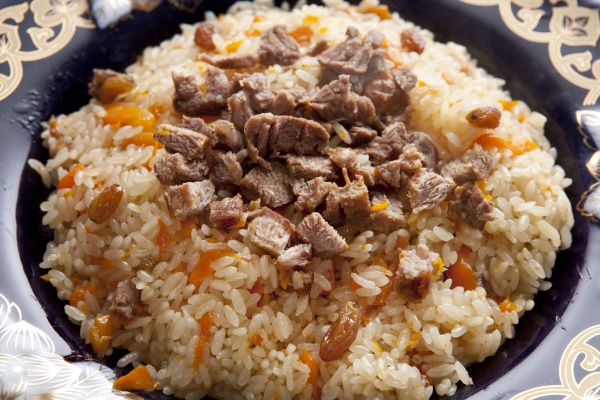Facts About Pilaf
Pilaf, also known by names such as pilau or polao, is a delightful dish made from rice or wheat cooked in a savory stock or broth. It is often enhanced with spices and complemented by ingredients like vegetables or meat. This versatile dish boasts a rich history, originating in India and spreading as far as Spain during the Abbasid Caliphate, influencing renowned dishes such as paella and biryani. Today, pilaf is a cherished staple in many cuisines, spanning the Balkans, the Caribbean, the South Caucasus, Central Asia, the Middle East, and South Asia.
The term "pilaf" derives from Turkish, but its linguistic roots can be traced back to Persian and Sanskrit. The key to creating an exceptional pilaf lies in the preparation of the rice, ensuring it is light, fluffy, and with each grain remaining separate. Basmati rice is a favored choice for its ideal texture. The dish often features sautéed onions and a blend of aromatic spices like cardamom and cinnamon. Pilaf can be made with meat, vegetables, or even enjoyed plain.
What's fascinating about pilaf is its numerous regional variations. In Afghanistan, for instance, Kabuli palaw is a popular choice. Azerbaijan elevates pilaf with over 40 distinct plov recipes. In India, pulao is a beloved and widely enjoyed dish available in various flavors and spice combinations. Iran offers unique rice preparations, including styles known as chelow and polow. Turkish cuisine also celebrates pilaf with different varieties such as bulgur pilaf and orzo pilaf.

 United Kingdom
United Kingdom